The 2020s have been rough, and we’re only a few years in. COVID-19. Climate “disruptions.” Ongoing migration crises. The rise of AI and the devaluation of the worker and the artist. The highest office of American government soiled. REM sang it back in 1987—it’s the end of the world as we know it.
When the chips are down and everything is on fire, it might seem counterproductive to turn to horror movies for entertainment; closing an article about the latest violent tragedy in order to watch a fictional home invasion thriller sounds like an exercise in masochism. But a recent study shows that those who engage with horror movies are better equipped to handle times of crisis. They don’t consume the genre’s art with any interest in committing violent acts. Rather, it helps them engage with their fears within safe boundaries, with the bonus dividend of a psychological hardiness that helps the viewer weather the slings and arrows of a stressful era.
While the big studios continue to churn out mainstream scary movies for the masses, indie horror has been experiencing a resurgence. For every major franchise sequel written by committee, there’s a surplus of boundary-pushing cinema from production companies and directors you’ve never heard of. Prestige horror has made the genre more lucrative, while streaming has made it more accessible to the average moviegoer. When you add it all up, you get a bounty of riches for those of us who want something less formulaic, more unique, and—as always—a little weird and unsettling.
So sit back, turn up the sound, and turn down the lights: this early list of the best indie horror movies of the 2020s (so far) is sure to have something for everyone, from dementia monsters to uncanny clones. Happy viewing!
Relic (2020)
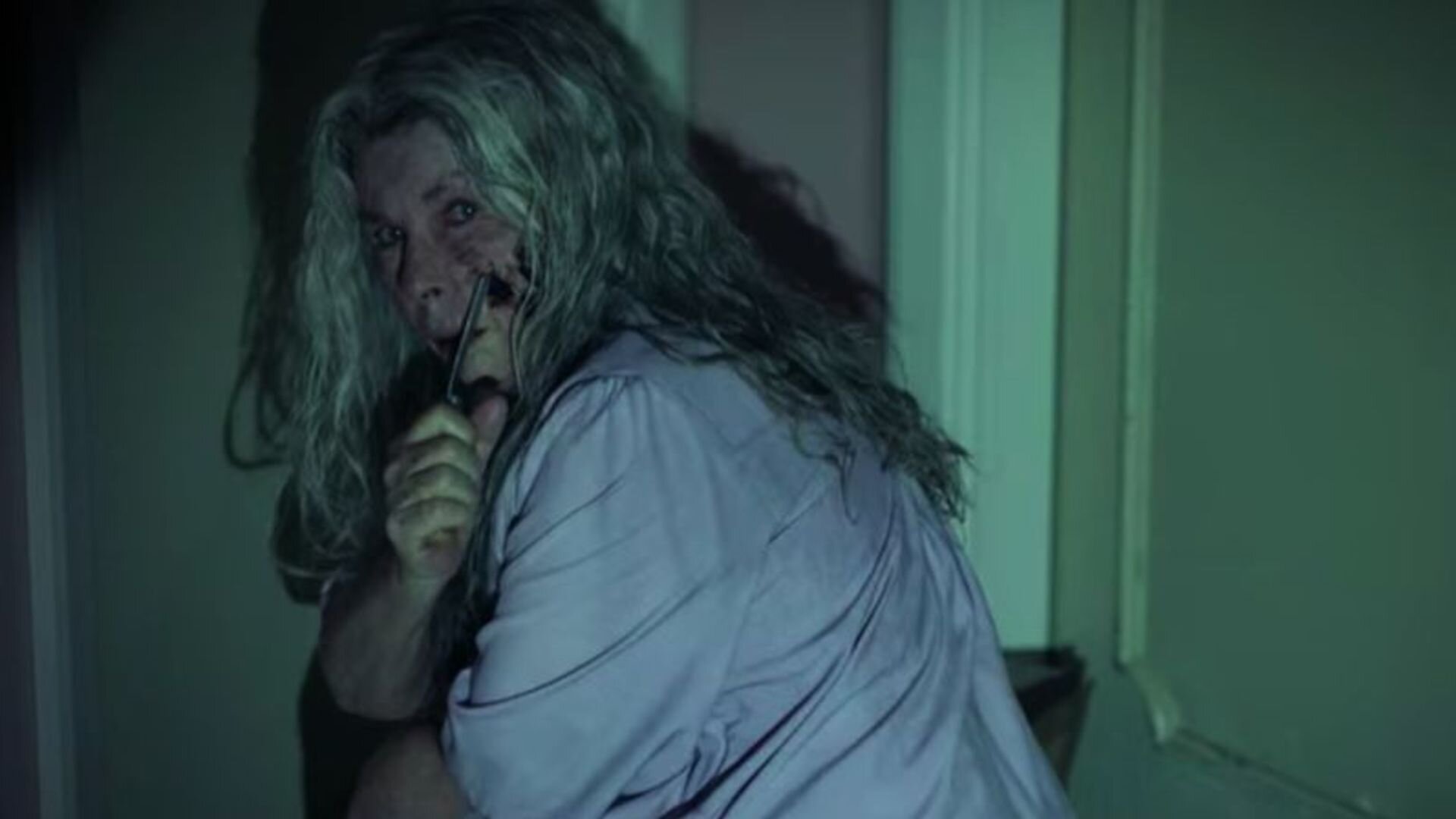
Right out of the gate, the 2020s have an early contender for best horror movie of the decade. Natalie Erika James’ Relic is a heady Australian horror film focused on three generations of women who converge at their old family home. Matriarch Edna (Robyn Nevin) has gone missing, and her growing dementia has daughter Kay (Emily Mortimer) and granddaughter Sam (Bella Heathcote) concerned enough to come looking for her. They find a mysterious black mold throughout the upper level of the house, and when Edna returns, she bears an odd bruise that resembles the mold. Heavy on the dread and light on the jump scares, Relic is a horror show for anyone who has had to witness a parent’s mental decline.
Titane (2021)
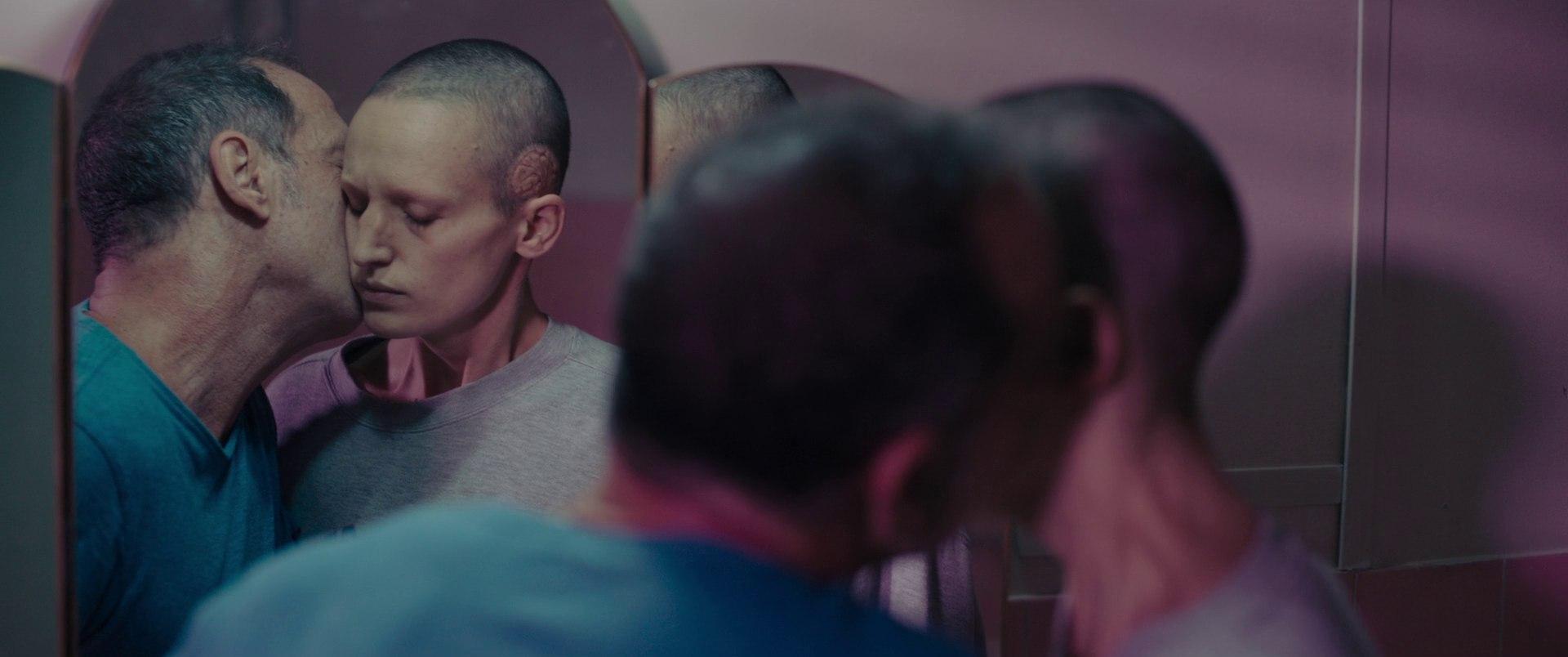
Back in 2018, The Mary Sue’s Stefania Sarrubba observed that horror was using unorthodox methods to unpack women’s sexual empowerment, citing Julia Ducournau’s 2016 coming-of-age cannibal movie Raw as a prime example. So it should surprise no one that Ducournau’s next feature is equal parts erotic and disturbing body horror. The basic plotline of Titane is that a woman named Alexia (Agathe Rousselle), who has a titanium plate in her head, commits crimes and goes on the run, has sex with a car, and eventually poses as the long lost son of a firefighter (Vincent Lindon). It gets more strange from there, but through it all are incredibly human themes that deal with the body and personhood. Recommended for fans of David Cronenberg’s movies.
We’re All Going to the World’s Fair (2021)
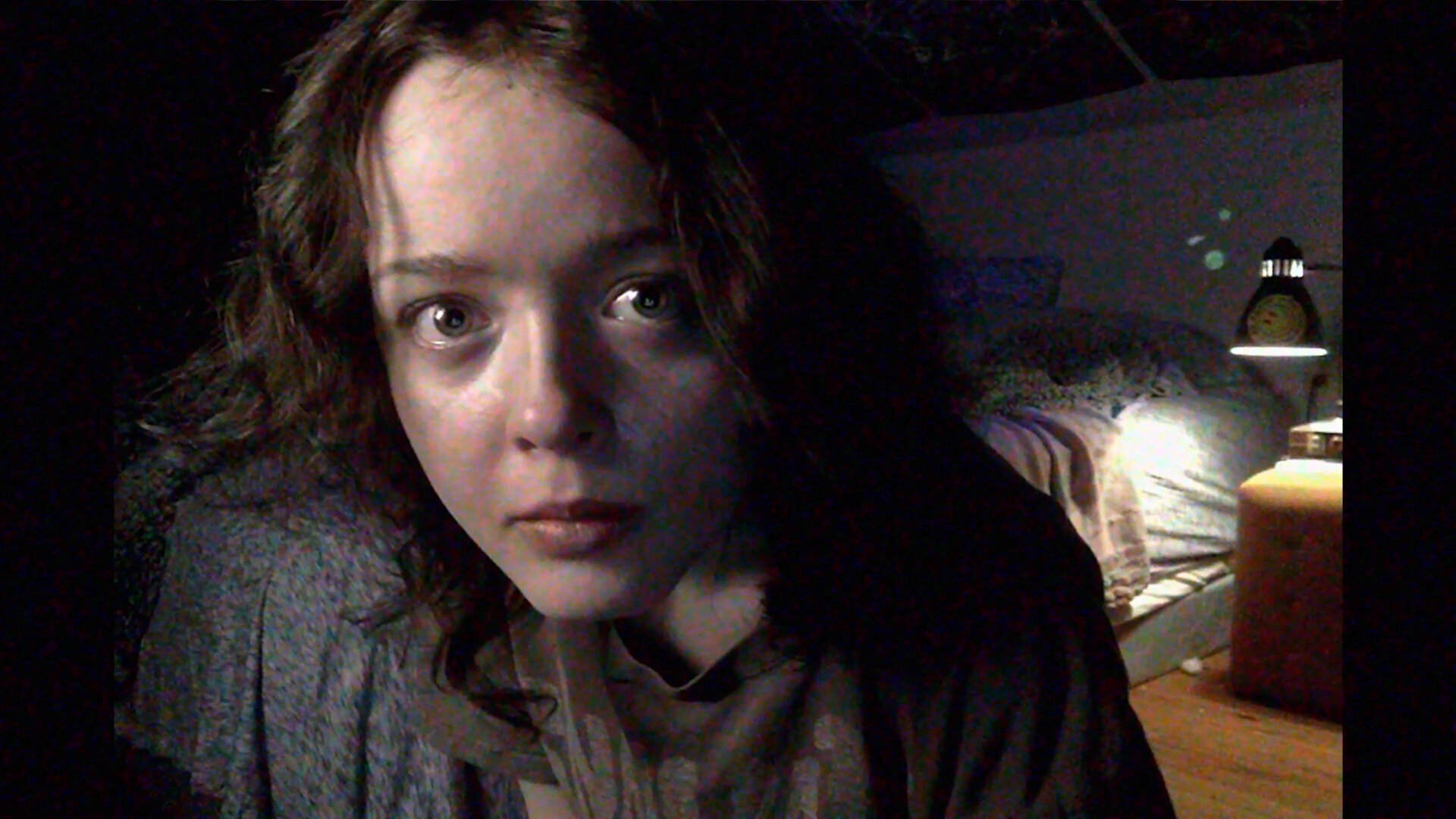
Plenty of horror movies have emerged from the shadowed interiors of nationwide lockdowns, but few are as strange and isolating as Jane Schoenbrun’s We’re All Going to the World’s Fair. Written, directed, and edited by Schoenbrun, the story follows teen Casey (Anna Cobb), who takes the World’s Fair Challenge, an occult-centric internet challenge that involves pricking one’s finger on camera, making a blood oath, and recording any subsequent experiences. Another user reaches out to Casey as her videos become more disjointed, but it’s tough to tell if he is truly concerned about her or if his correspondences are predatory. “Alienating” isn’t a strong enough characterization of the relationships in this story; everyone’s interactions happen through a screen, bathed in the glow of the after-hours online world in a feature-length experiment in unreality and dissociation. Coming-of-age movies rarely get this dark.
Saint Maud (2021)
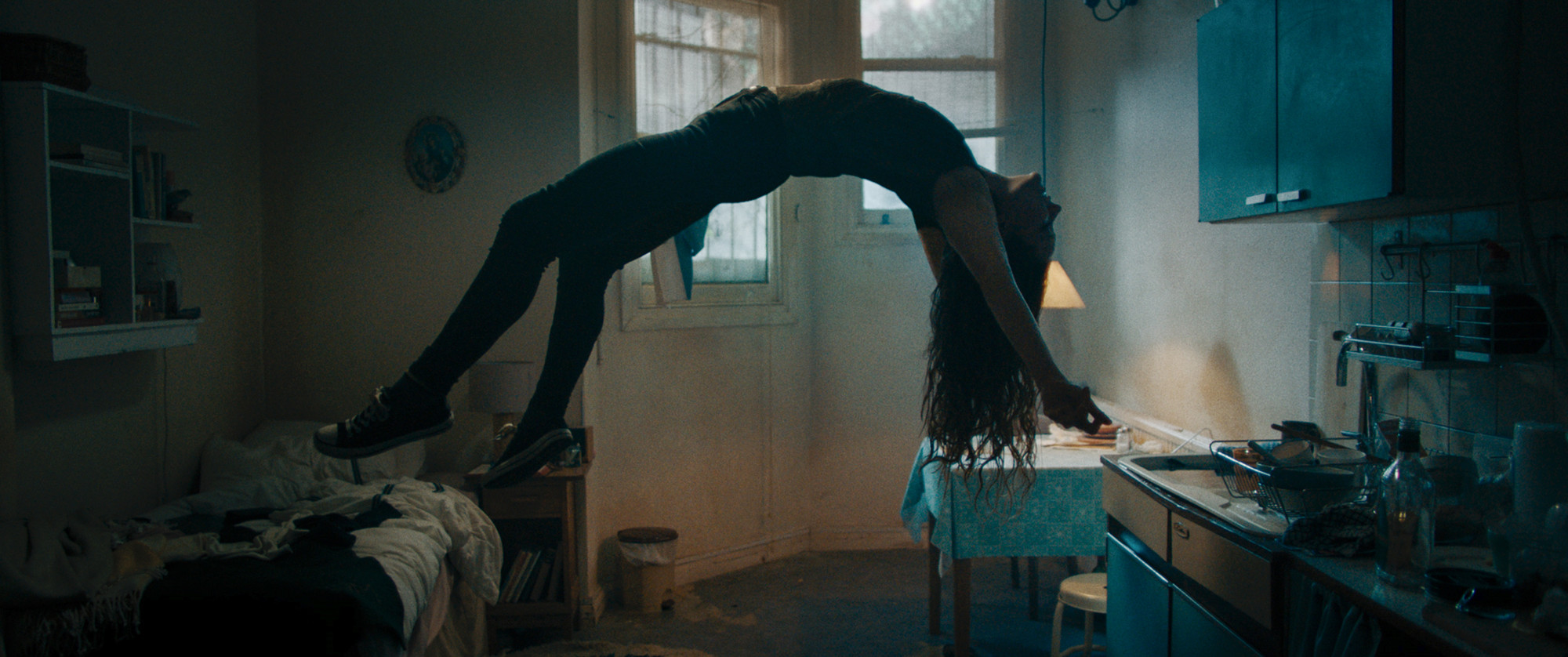
Saint Maud technically premiered in 2019 (at Toronto International Film Festival, where A24 and StudioCanal picked it up) but was released in 2020 in the UK with a US release following in 2021; it would be a crime to leave it off of this list. Rose Glass’ feature debut stars Morfydd Clark (whom you might recognize as Galadriel in The Lord of the Rings: The Rings of Power) as a support worker to a former dancer (Jennifer Ehle) with stage four lymphoma. A staunch Roman Catholic, Maud assigns herself the task of saving the terminally ill woman’s soul in order to redeem herself for losing a patient in the past. Ostensibly a religious thriller, Saint Maud is really a hard look at the toxicity of loneliness, with one of the greatest final images the genre could offer.
Barbarian (2022)
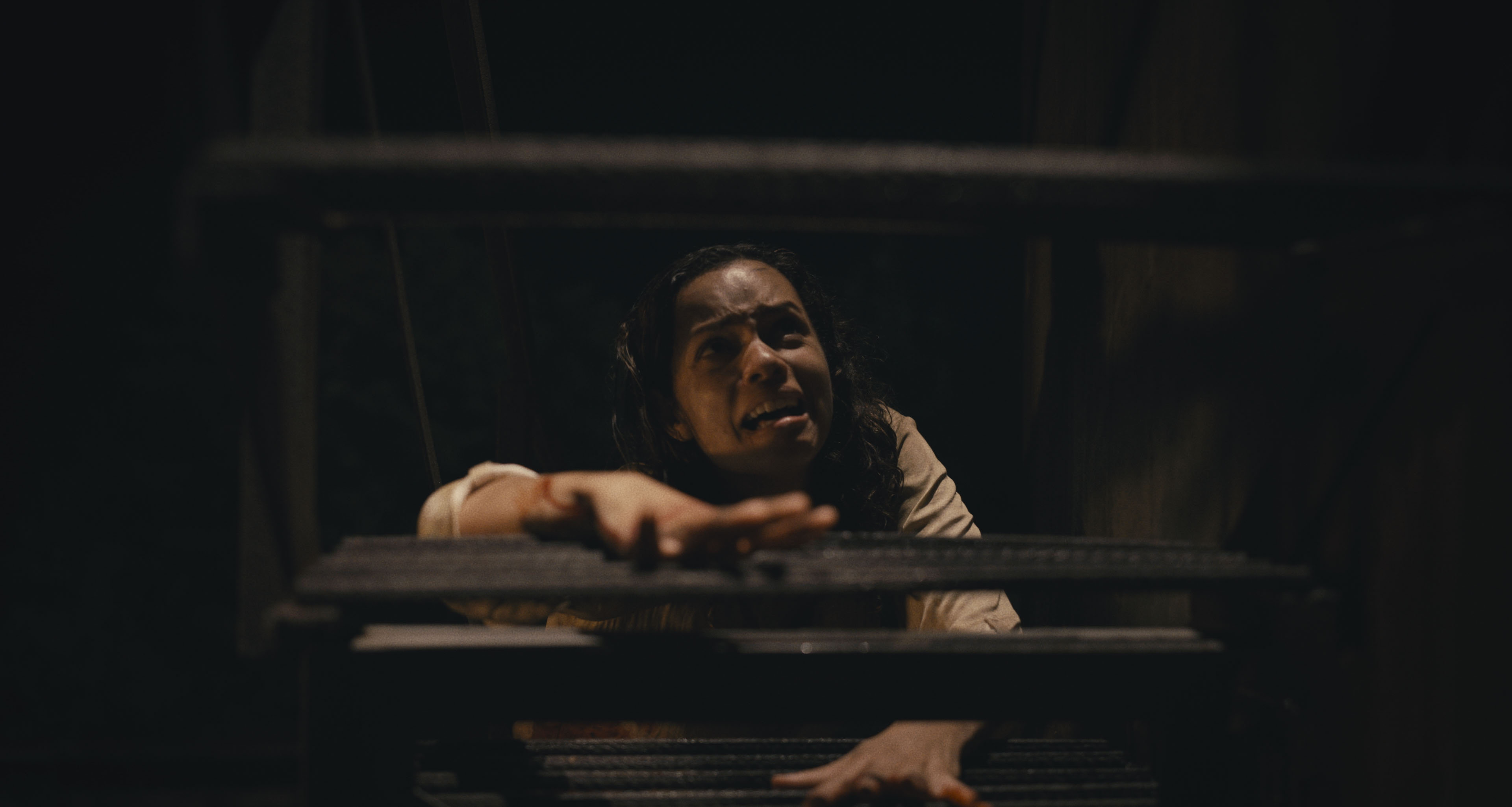
Zach Cregger’s feature debut Barbarian is the story of a homestay experience from hell. Amid a vicious thunderstorm, Tess Marshall (Georgina Campbell) arrives at a Detroit rental home she booked only to find a man (Bill Skarsgård) already occupying the double-booked home. She proceeds to ignore every red flag telling her to leave the house until she finds herself locked in the basement with a hidden hallway that leads to even bigger, redder flags. One thing’s for sure: you will not be able to guess how Barbarian ends.
Skinamarink (2022)
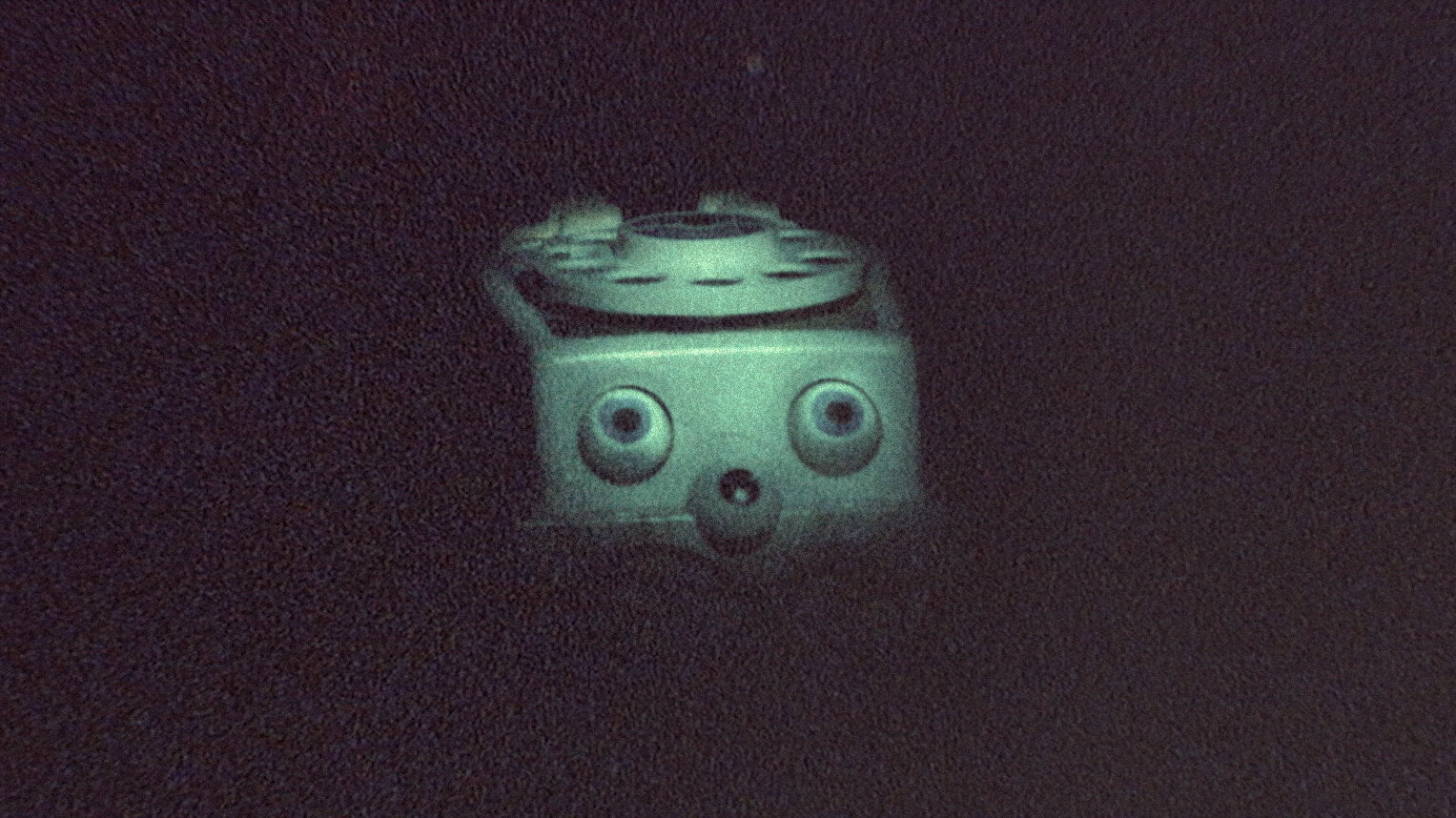
Skinamarink is considered an experimental horror film in that it plays fast and loose with narrative. The core story is that of a pair of young siblings who awaken during the night and can’t find their father. Then they find a chair on the ceiling, their toilet disappears, and doors go missing. In the hands of director Kyle Edward Ball, and with an infusion of analog horror aesthetics, the children are plunged into a hellscape in their own home. What makes Skinamarink effective? It hits a universal nerve that runs through every childhood nightmare: your parents are gone, and there’s something scary in the house. Ball’s coy composition worsens the tension, focusing on a random corner or a darkened room while the sound design makes the imagination rev with speculation on what might be lurking nearby.
The Outwaters (2022)
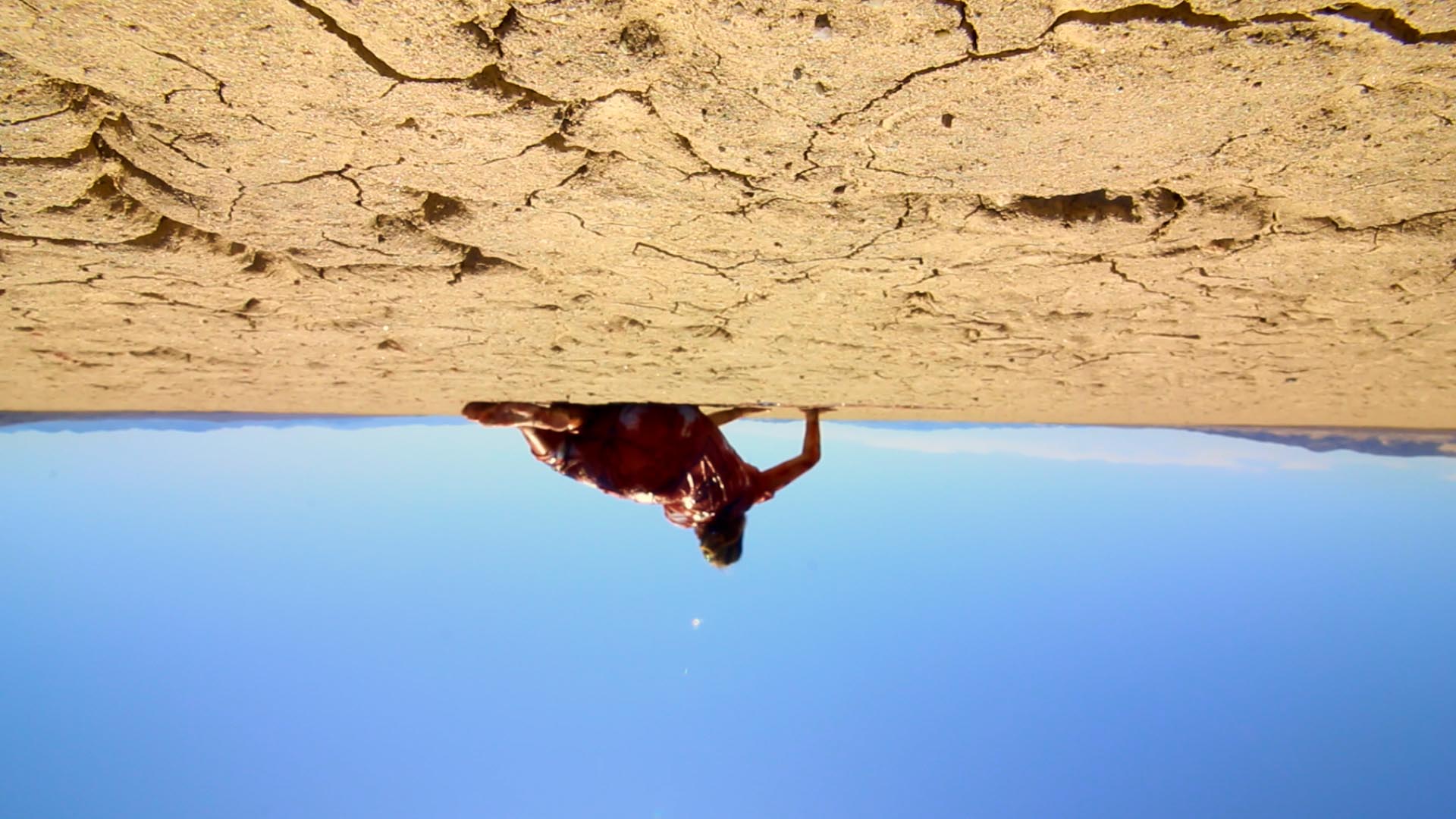
Every time I get the urge to declare a subgenre dead, a film comes along that shuts me up. Zombie movies were dead to me until Train to Busan reanimated them. I was over ghost stories until The Vigil changed the game. For those who have seen every found footage horror movie available, The Outwaters is that film. A trio of memory cards found in the Mojave desert reveal the saga of a group of friends who trek to the vast desert to shoot a music video, where they experience strange and terrifying occurrences. Director Robbie Banfitch’s patient and transgressive movie trades in cosmic horror and the power of influential imagery; it suggests horrific abominations more than it shows or explains them. That’s not to say The Outwaters is bloodless; its mutilation-mayhem should be kept far away from the kiddies. While plenty of found-footage horror deals with the supernatural and worlds beyond ours, few reach the abyssal scope of The Outwaters.
Men (2022)
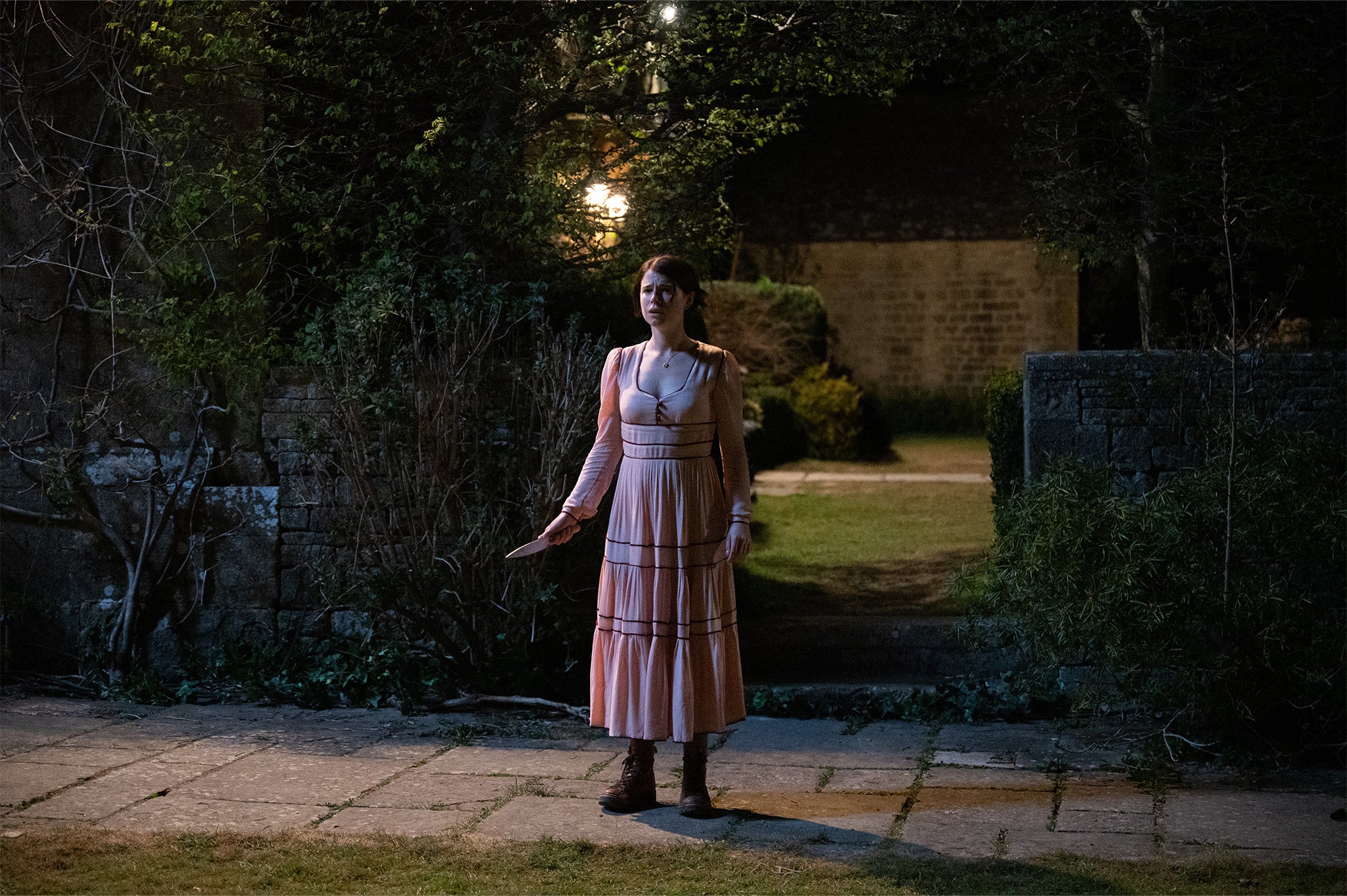
In the age when Barbie has hit dogs hollering in a lot of male-written reviews, the accusation that Alex Garland’s Men is a feature-length spectacle of man-hating only strengthens its power. After her abusive husband dies in an apparent suicide, Harper (Jessie Buckley) heads to a rural Hertfordshire village for mental recovery. Soon enough, a series of men—all played by Rory Kinnear—come along and disturb her peace with increasingly menacing intensity. The most corrosive elements of masculinity work to entrap, stifle, and nearly consume Harper in a highly unsubtle bit of folk horror.
A Wounded Fawn (2022)
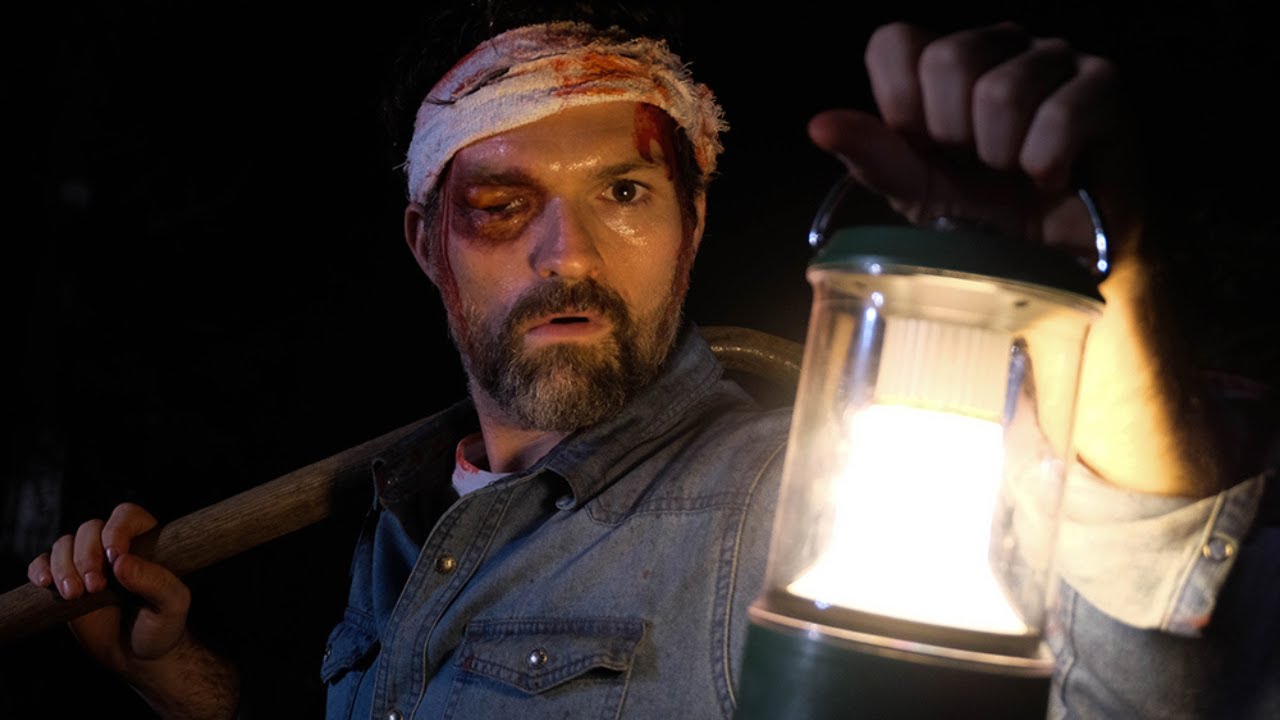
Travis Stevens tends to tell stories about men learning lessons the hard way. The director of Girl on the Third Floor (2019) and Jakob’s Wife (2021) returns with his biggest swing yet in A Wounded Fawn, which sees a serial killer (Josh Ruben of Scare Me) inviting a new potential victim to a weekend retreat. The cat-and-mouse battle that ensues is a 16mm fugue-state study in madness, with Greek mythology (Furies!) and buckets of blood to add to its ambitious artistry. Everyone in and behind this movie is clearly working at a creative peak. Those who enjoy the uncomfortable end-credits of Pearl should stick around for an equally disquieting credits scene from Stevens and Ruben.
Infinity Pool (2023)
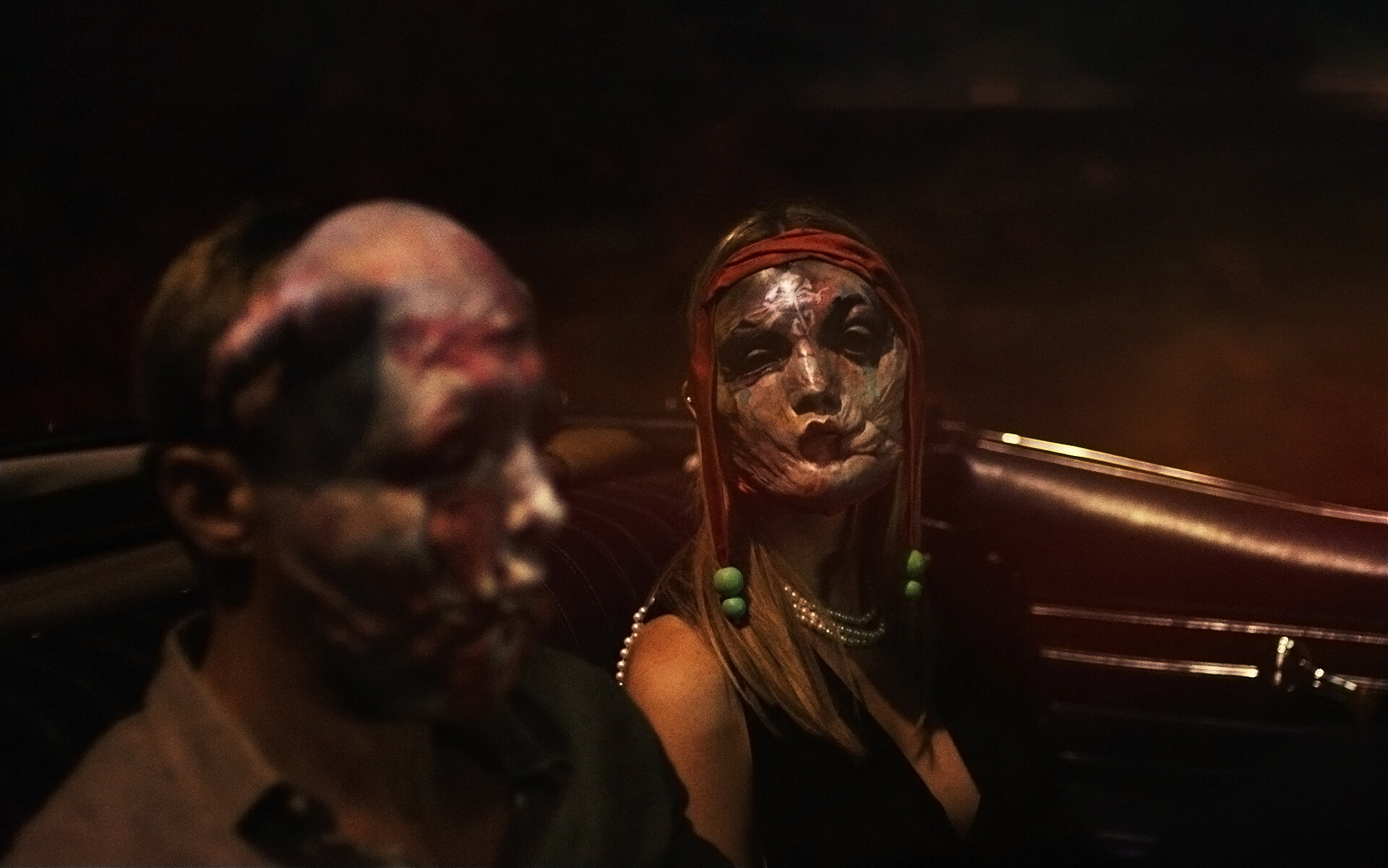
Brandon Cronenberg may be horror royalty as the son of genre giant David Cronenberg (The Fly, Videodrome), but in recent years the Canadian storyteller has forged a path as a formidable voice in the realms of sci-fi and horror with films like Possessor and his latest, this year’s Infinity Pool. The latter follows struggling novelist James Foster (Alexander Skarsgård) whose vacation to the fictional coastal country of Li Tolqa takes a bizarre, dark turn. He commits a crime and is sentenced to be executed, but in Li Tolqa, the wealthy can pay for clones to take the punishment in their place. What follows is a hedonistic journey into humanity’s most perverse vices, given a huge boost by Mia Goth’s unhinged performance as a fellow vacationer. Sci-fi satire doesn’t get much weirder than when a Cronenberg gets their hands on it.
(featured image: Neon / 20th Century Studios / IFC Films / A24)



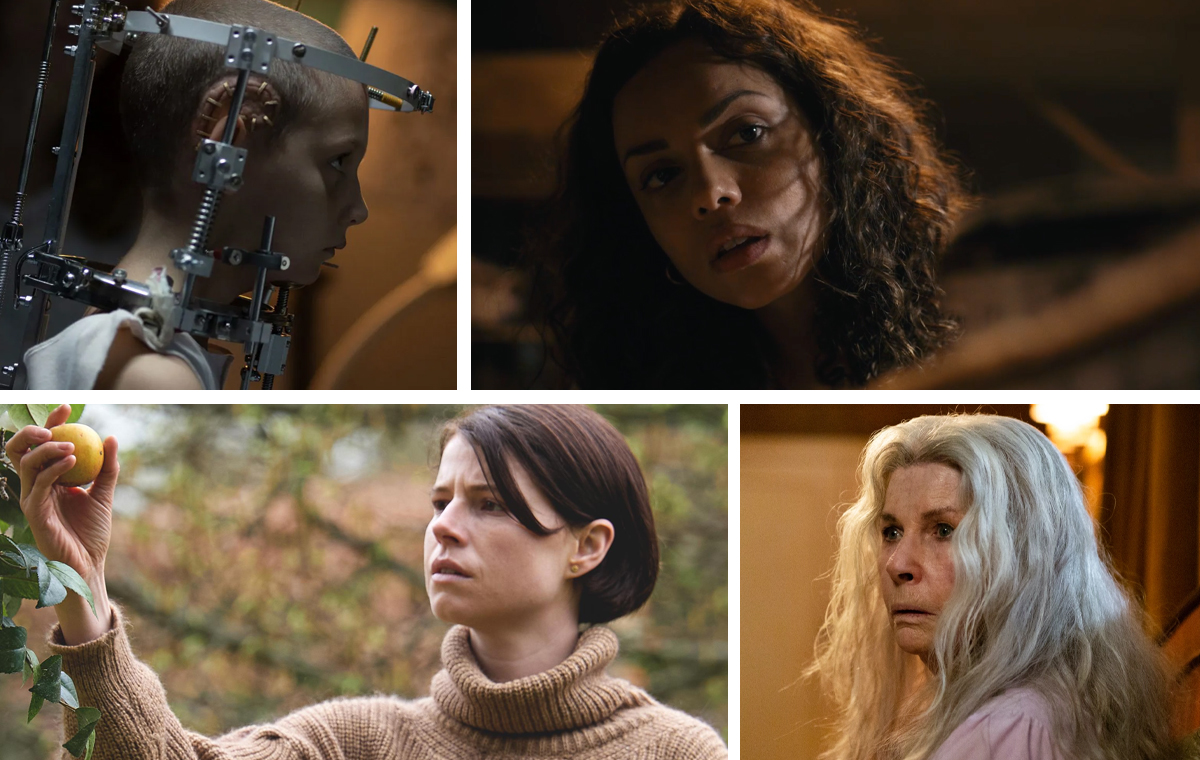




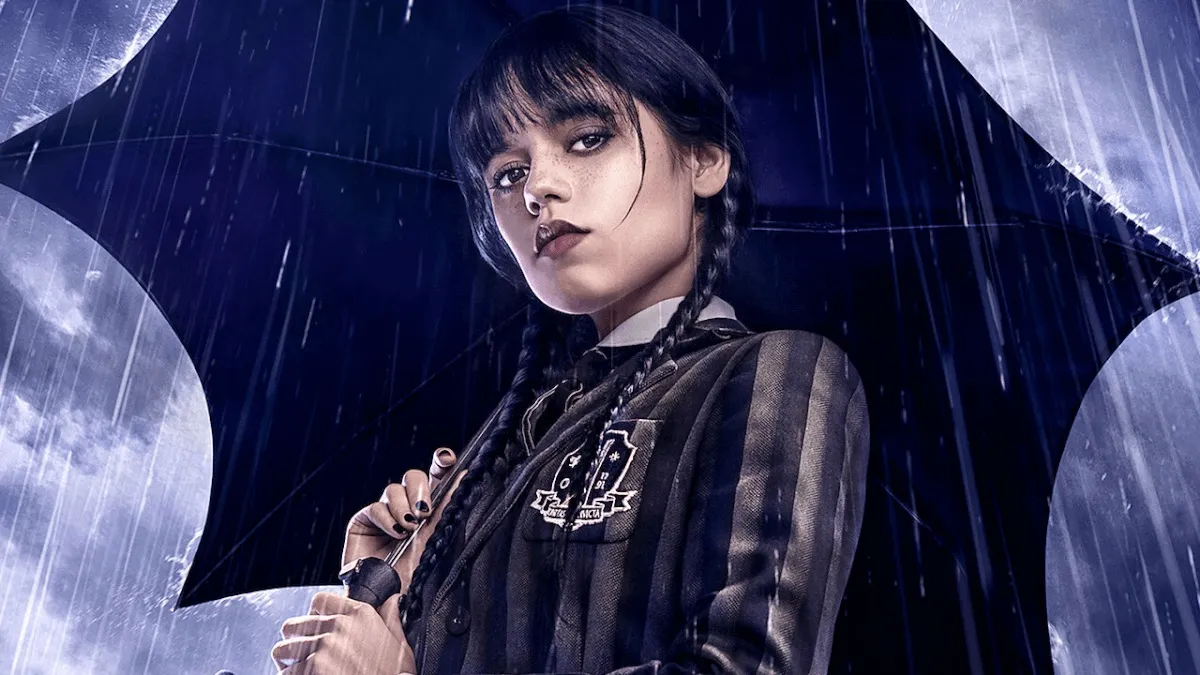

Published: Aug 29, 2023 03:28 pm